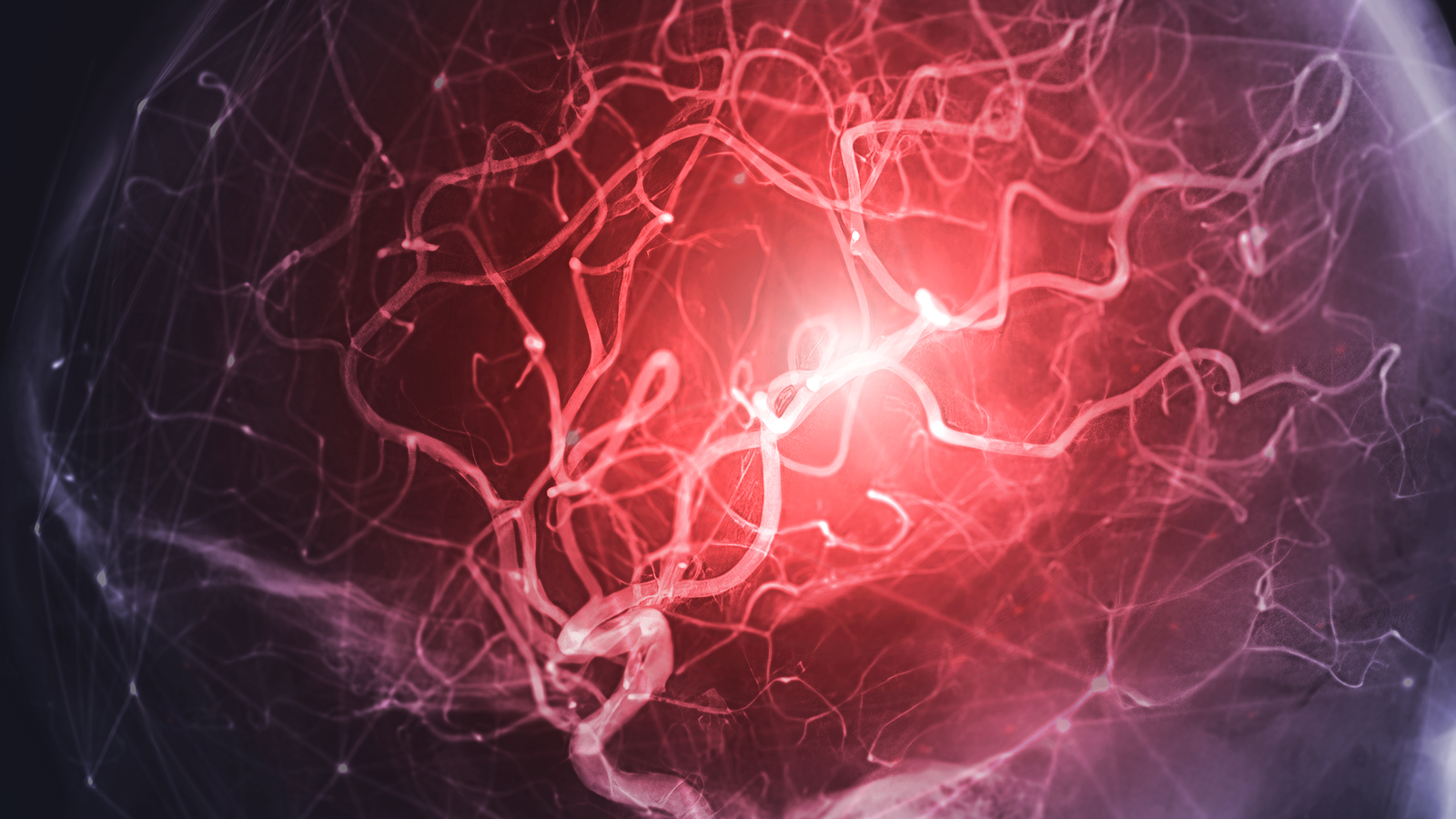Diagnostic dilemma: Orgasm involving a kitchen whisk likely triggered person's fatal aneurysm
Doctors report an analysis of a woman's fatal aneurysm, pinpointing its likely causes after her death.

The deceased: A 39-year-old woman in Belgrade, Serbia
The discovery: The woman's ex-husband found the woman's body in her apartment and notified the police. She was lying on her left side on the living room couch, and her body was covered by a blanket.
What happened next: Police removed the blanket to examine the body; the woman was naked from the waist down. There were no visible signs of violence or injury. The police then discovered an object protruding from the woman's bottom: a spring twirl whisk.
Its wooden handle had been inserted into her anus to a depth of about 4 inches (10 centimeters), penetrating her anus and rectum as "a dildo-like object," doctors wrote in a report of the case. According to the ex-husband, the woman had high blood pressure, also known as arterial hypertension, for which she was taking medication.
The autopsy findings: An examination of the woman's cranium revealed a subarachnoid hemorrhage — bleeding in the space between the brain and a layer of tissue surrounding it. Blood had pooled to a depth of up to 0.2 inches (6 millimeters) around the base of the brain and the brainstem.
When medical examiners cleared out the blood clots, they discovered a ruptured saccular aneurysm, a blood-filled sphere that ballooned from a blood vessel in the brain. This is also known as a "berry aneurysm" for its resemblance to a round berry dangling from a stem, and it is the most common type of aneurysm.
The aneurysm measured 0.4 inches (11 millimeters) in diameter and had popped at the top of its dome. When aneurysms rupture, they release blood that can kill nearby brain cells and increase pressure inside the skull. As pressure builds, the flow of oxygen and blood to the brain may be disrupted, which can lead to unconsciousness and death. Aneurysms are more common in women than in men, especially in women with low estrogen levels, such as postmenopausal women. People with hypertension are also more likely to develop aneurysms that rupture and cause bleeding in the brain.
Get the world’s most fascinating discoveries delivered straight to your inbox.
Physical exertion raises blood pressure, and orgasms elevate it even more. In the woman's case, her partial nudity, body posture and the presence of the whisk suggested that she was using the kitchen tool for anal self-stimulation, the report's authors wrote. Her sexual excitement and subsequent orgasm could have temporarily caused her blood pressure to spike enough to rupture the aneurysm, causing a fatal hemorrhage.
What makes the case unique: Sexual activity is not a common cause of sudden death. In prior studies that evaluated a total of nearly 130,000 forensic autopsies, 195 of the deaths (0.15%) were linked to sex, and only a fraction of the deceased were women. When someone dies during or shortly after intercourse, it is usually an older male with a much younger female partner, and the cause of death is typically abrupt cardiac failure, according to the report.
For women, sudden death during sex is often caused by a subarachnoid hemorrhage from a burst saccular aneurysm. However, this is the first case to present such a scenario for a woman's death during anal self-stimulation, the authors wrote.
This article is for informational purposes only and is not meant to offer medical advice.

Mindy Weisberger is a science journalist and author of "Rise of the Zombie Bugs: The Surprising Science of Parasitic Mind-Control" (Hopkins Press). She formerly edited for Scholastic and was a channel editor and senior writer for Live Science. She has reported on general science, covering climate change, paleontology, biology and space. Mindy studied film at Columbia University; prior to LS, she produced, wrote and directed media for the American Museum of Natural History in NYC. Her videos about dinosaurs, astrophysics, biodiversity and evolution appear in museums and science centers worldwide, earning awards such as the CINE Golden Eagle and the Communicator Award of Excellence. Her writing has also appeared in Scientific American, The Washington Post, How It Works Magazine and CNN.


